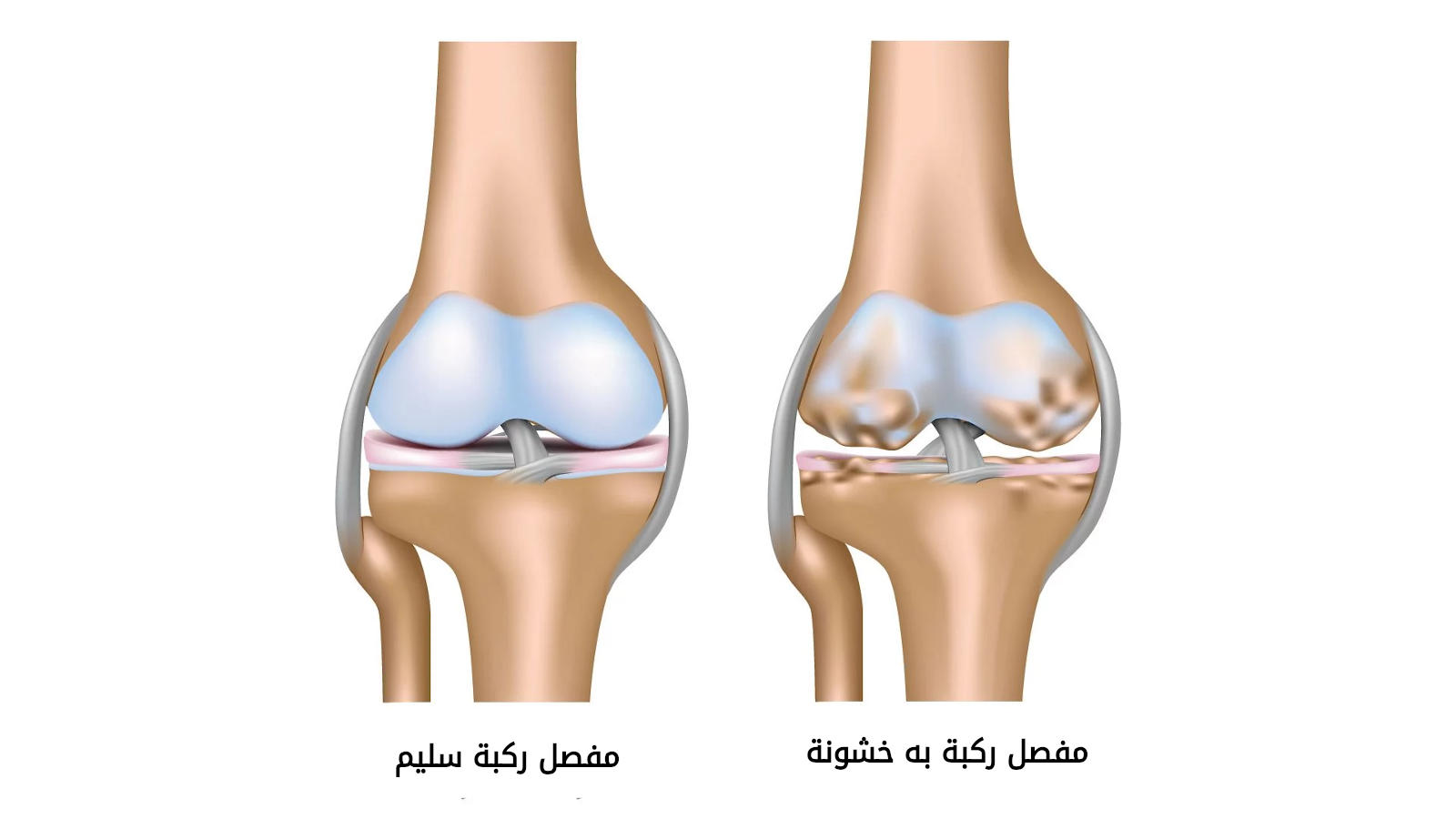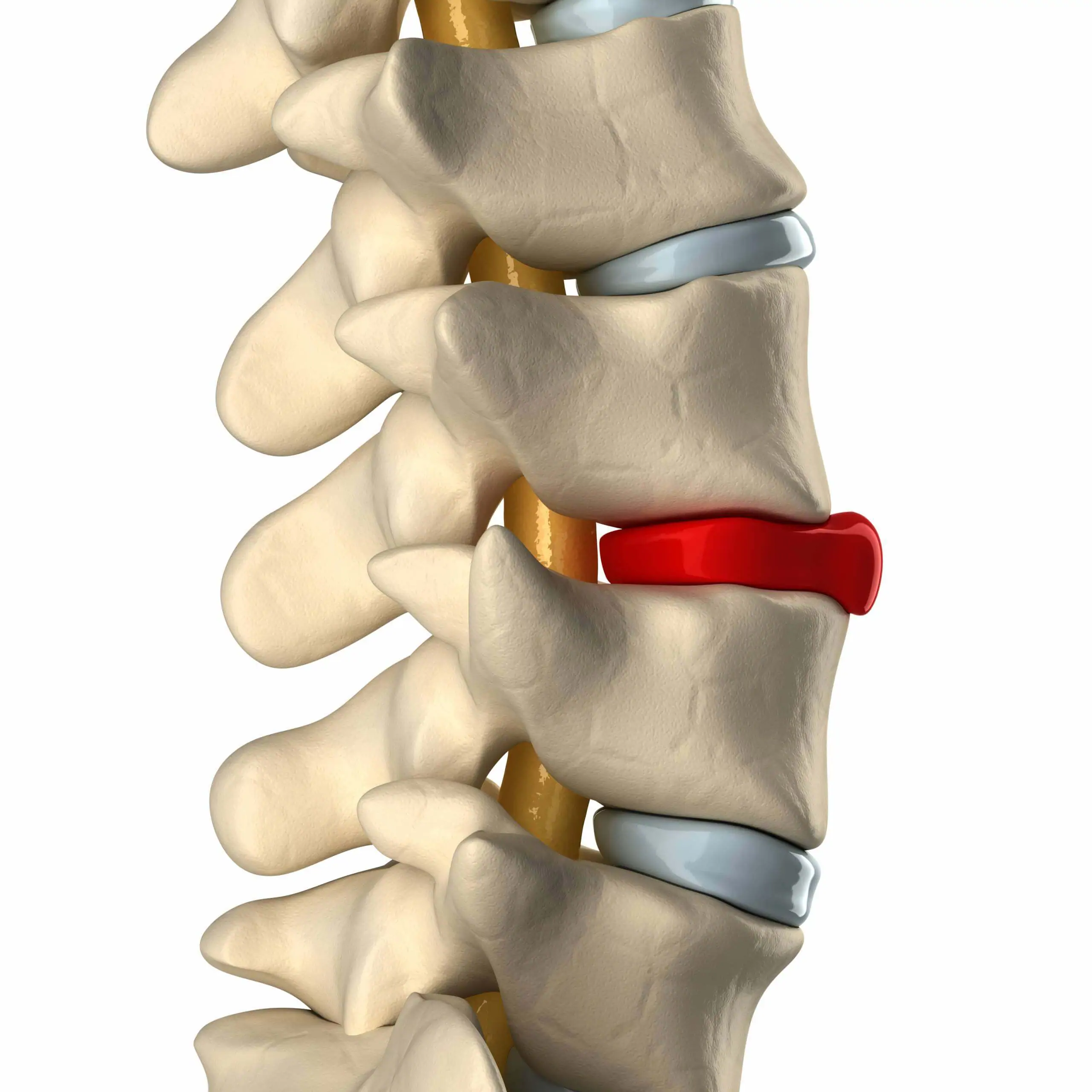Is bone marrow transplantation serious?
There is a lot of information that you should know about bone marrow transplantation, and this is explained in detail in the following article.
Post-bone marrow transplant
Bone marrow transplantation is one of the methods of treatment through replacing the damaged marrow in the body, so the patient can recover healthy, and this is after exposure to anemia, leukemia, multiple myeloma, and other diseases that damage the bone marrow, so it needs to be replaced.
The patient is well prepared before the operation, the donor is prepared, and the stem cells used in bone marrow transplantation are extracted, and after the operation, work must be done to improve the condition of the patient through medical procedures after surgery, which gives the possibility to avoid any damage to the patient after the operation.
What are the instructions after a bone marrow transplant?
There are more than one step that the patient should take care of after the bone marrow transplant, including the following:
- Be careful to take a break.
- Type for not a few hours during the day.
- Taking care of the patient’s diet so that the body enters important nutrients.
- Take the medications recommended by the doctor.
- Start walking for a quarter to half an hour a day to prevent pneumonia.
- Avoid lifting heavy objects or overexertion.
- Pay attention to increasing the amount of water the patient consumes daily.
Is a bone marrow transplant dangerous?
Bone transplantation is a figurative expression of a change and replacement procedure for the bone marrow in the body, but this procedure is like a blood transfusion that does not require a wound in the body, and it is used in cases of damage or defect in the bone marrow of the patient after infection with certain diseases.
The risk of a bone marrow transplant occurs when the patient does not care to follow the doctors’ instructions in the postoperative period, and thus the patient may be exposed to complications or risks, including:
- A failure of bone marrow transplantation.
- A feeling of numbness in the legs.
- Having a muscle spasm.
- A rash.
- Diseases of the liver and kidneys.
- Male infertility.
Avoiding risks or complications starts from the pre-operative period and preparing the patient well before and after the operation. Work must be done to improve the patient’s condition through medical procedures after surgery, which allows for avoiding any damage to the patient after the operation.
Is there harm to the marrow donor?
The risk of a bone marrow transplant to the donor can be in the side effects that affect the donor when using injections to take bone marrow from him, and some danger signs may appear on him, including the following:
- Having muscle pain.
- Feeling nauseous.
- Bone pain.
- Having a feeling of dizziness.
- Pain and numbness in the hands.
All complications can disappear after donating the bone marrow within only a few days and the donor returns to his normal life, and the donor must take care of the food after the donation and follow up the symptoms that appear on him with the doctor so as not to be exposed to danger.
The risk of a bone marrow transplant to the patient
In some cases, a bone marrow transplant is a medical necessity, especially if the person has leukemia, sickle cell anemia, or other types of tumors. Therefore, a bone marrow transplant becomes essential, and the patient can perform the necessary examinations before the operation is performed.
The patient may be exposed to some complications or damages, but this is not rare after a bone marrow transplant, including inflammation, infection, or numbness in one of the limbs, but with medical follow-up and treatment after the operation, these complications can be avoided.


















